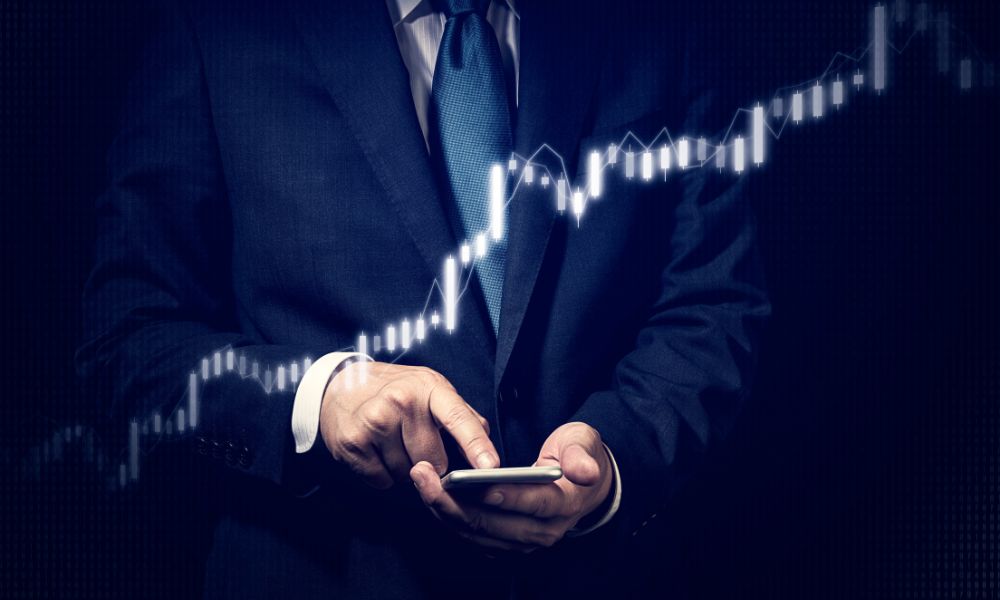

Margin and leverage are intertwined in trading. Leverage amplifies a trader's position size relative to their margin. Higher leverage offers greater exposure but also escalates risk, as it magnifies both profits and losses. Traders should balance leverage carefully to manage risk effectively.

Margin is the tool used to harness leverage.
Leverage represents the amplified "trading capability" accessible when utilizing a margin account.
Leverage empowers you to engage in trades of a GREATER size than the actual funds within your trading account.
Leverage is quantified in the form of a ratio.
It signifies the relationship between your real capital and the potential trading volume.
Typically, it's presented in an "X:1" format.
For instance, to trade 1 standard lot of USD/JPY without margin, you'd need $100,000 in your account.
However, with a Margin Requirement as low as 1%, you'd only be required to deposit $1,000 in your account.
This results in a leverage ratio of 100:1.
Here are illustrations of Leverage Ratios based on different Margin Requirements:
Leverage = 1 / Margin Requirement
For instance, if the Margin Requirement is 2%, the calculation for leverage would be as follows:
This results in a leverage ratio of 50:1.
To calculate the Margin Requirement based on the Leverage Ratio, you can use this formula:
Margin Requirement = 1 / Leverage Ratio
For example, if the Leverage Ratio is 100:1, you can determine the Margin Requirement like this:
So, the Margin Requirement is 0.01 or 1%.
In essence, leverage and margin revolve around the same concept but are viewed from slightly different perspectives.
When a trader initiates a position, they are obliged to commit a portion of that position's value as a gesture of "good faith." This practice is what defines trading with leverage. The percentage of this "portion" is referred to as the "Margin Requirement," such as 2%.
The actual sum needed to open the specific position is termed the "Required Margin." For example, if the position size is $100,000, the Required Margin would be $2,000 (2% of $100,000), which is the amount necessary to initiate this specific position.
By enabling you to trade a $100,000 position with just $2,000, your leverage ratio stands at 50:1.
It's crucial to distinguish between forex margin and securities margin, as they represent distinct concepts in the financial world.
In the realm of securities, margin signifies the money you borrow as a partial down payment, typically up to 50% of the purchase price, to acquire and possess stocks, bonds, or ETFs.
This practice is commonly referred to as "buying on margin." In essence, when you trade stocks on margin, you are essentially taking out a loan from your stockbroker to acquire the stock, effectively a loan provided by the brokerage firm.
However, in the forex market, margin refers to the amount of money you are required to deposit and maintain with your trading platform when you initiate a position.
It is not a down payment, and you do not gain ownership of the underlying currency pair. Instead, margin functions as a form of good faith deposit or collateral, ensuring that both parties (buyer and seller) can fulfill their obligations as outlined in the agreement.
Unlike margin in stock trading, margin in forex trading does not involve borrowing money. When you engage in forex trading, you are not actually buying or selling any currency; you are merely exchanging agreements or contracts to buy or sell. Therefore, there is no need for borrowing.
The term "margin" is employed in various financial markets, but it carries distinct meanings in securities trading compared to forex trading. It is essential to grasp this disparity before venturing into forex trading.
Read our latest news on any of these social networks!